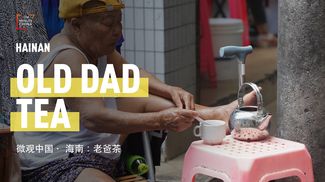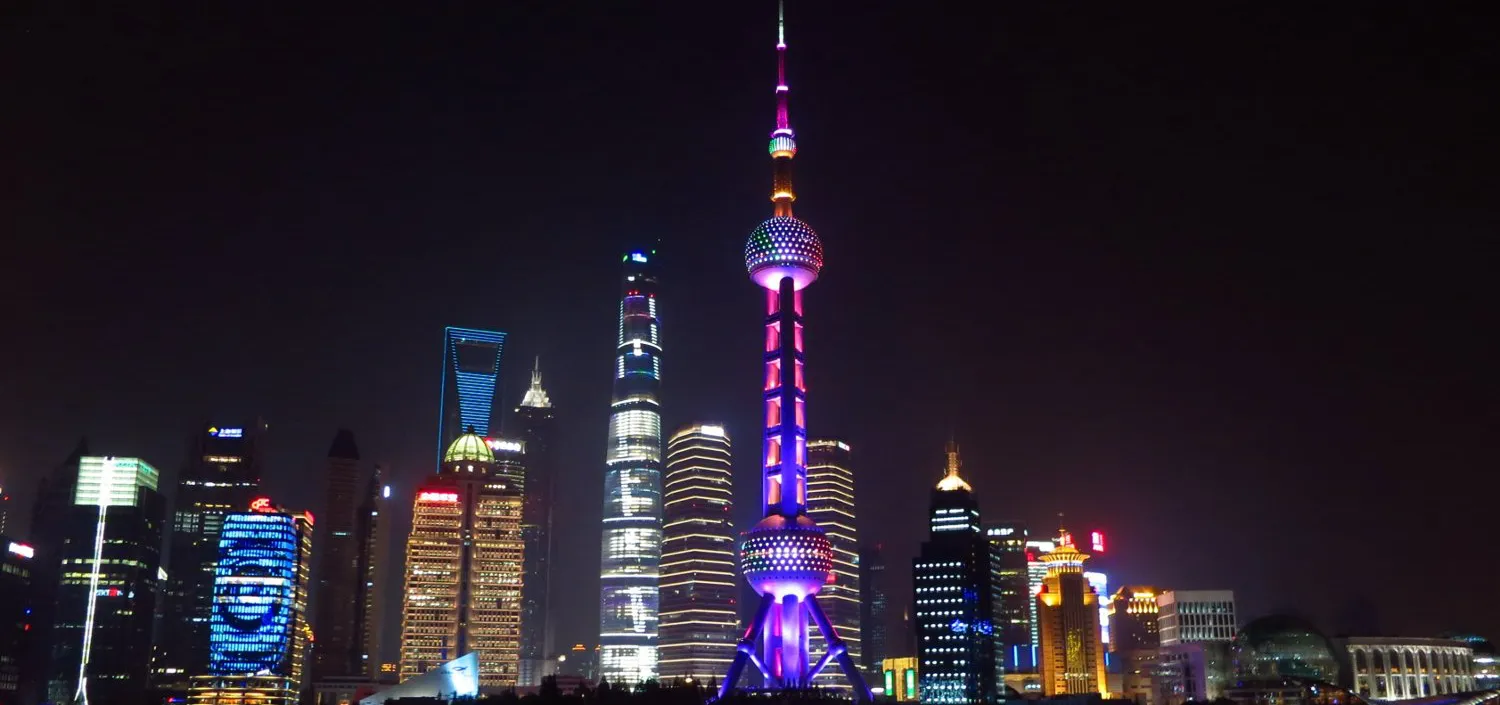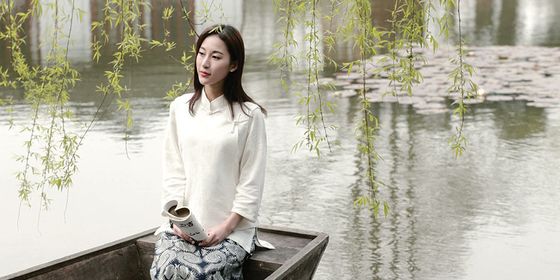They may look like 70s and 80s nostalgia, but these tourist sites aren’t that old
The Bund remains one of China’s most visited scenic spots; the view of the skyscrapers of Pudong across the Huangpu River is a powerful drawcard for tourists.
What’s less well-publicized, however, is the bizarre tunnel that lies beneath that river. Passengers who fork out the 50-RMB-per-person ticket price are treated to a mediocre light show and eerie voiceover that narrates ostensibly unrelated topics. After hearing a disembodied voice cry out “MAGMA” you might be forgiven for thinking the light-show’s theme is related to natural environments, but upon hearing “PARADISE AND HELL” it’s best to give up on even trying to make sense of what you’re seeing and hearing.
You could be forgiven for thinking you’d stepped into a relic from the 1970s or 80s, but this thing was completed and opened to the public in 2000.
That’s right, this bizarre piece of kitsch is just 17 years old.
For a more obvious example of retro-style design, look no further than Shanghai’s famed Oriental Pearl Tower. If this had been built in the US, you would assume it was the product of a 1980s World Trade fair, but this thing was built in 1994. It’s a great building, but still—it’s rare to find such retro-futuristic designs on skylines anywhere in the world. Its top observation deck is called the “space module” for crying out loud. All it’s missing is a robot maid and a flying car.
For a similar, albeit less impressive sight, you can check out the old CCTV tower in the Gongzhufen area of western Beijing.
None of these sights were built in the 70s or 80s, with the obvious reason being that China was not undergoing similar experiences to the West in those decades. The 70s in China was a very different experience for the people living through it when compared to the 70s in the West. The stylistic developments came later, along with economic development and opening up to the world.
China’s modern economic development really only began to gather speed with the Reform and Opening up policy, which was kicked off in 1978. It’s now cliché to even point this out, but we’ll go there anyway: this pace of development had myriad side effects. One of which, apparently, was a plethora of buildings built to the styles used in previous decades in the West.
Then again, there are plenty of attractions throughout China that have simply aged terribly. Instead of gaining a retro aesthetic, many of the misbegotten tourist sites built in smaller cities have simply aged before their time.
Beijing’s World Park and Shenzhen’s Window of the World, for example, offer miniaturized replicas of world landmarks could have stepped out of any World’s Fair from the 30s to the 60s, but the parks were actually opened in 1993 and 1994 respectively.
As more and more Chinese can afford to travel abroad these days, they’re visited these days mostly by only the cheapest of couples taking wedding photos and parents with kids. The world parks and Beijing’s “Nationalities Park” also have the unfortunate retro tendency of reducing minorities to singing and dancing stereotypes.

Beijing’s World Park (Baidu)
Planetariums—those domed buildings where people can watch space-related shows on screens that simulate the night sky—are also a delightfully retro attraction that had their day in the height of the space race in the 1950s and 60s. Beijing’s was actually built in that era, 1957, but they began to proliferate in other Chinese cities in the late 80s, culminating in about 100 around various Chinese cities today. The Beijing Planetarium still puts on shows in the original auditorium, where there is visible tape holding together a big screen framed by Soviet-looking pillars and red plush seats. One of the shows, “Exploring Secrets of the Universe,” has also beeen shown on that same screen since some of our editors were children, though they’ve added a second auditorium in 2004 that’s also capable of screening 3D and 4D productions.

Beijing Planetarium (bjp.org.cn)
Anyhow, for those interested in visiting the Shanghai Tunnel, beware—at 50 yuan for a one way ticket (70 yuan round-trip), it’s far more expensive than taking the subway. But if you’re after some ridiculously dated fun, go nuts.
Cover image from mogoroom.com














